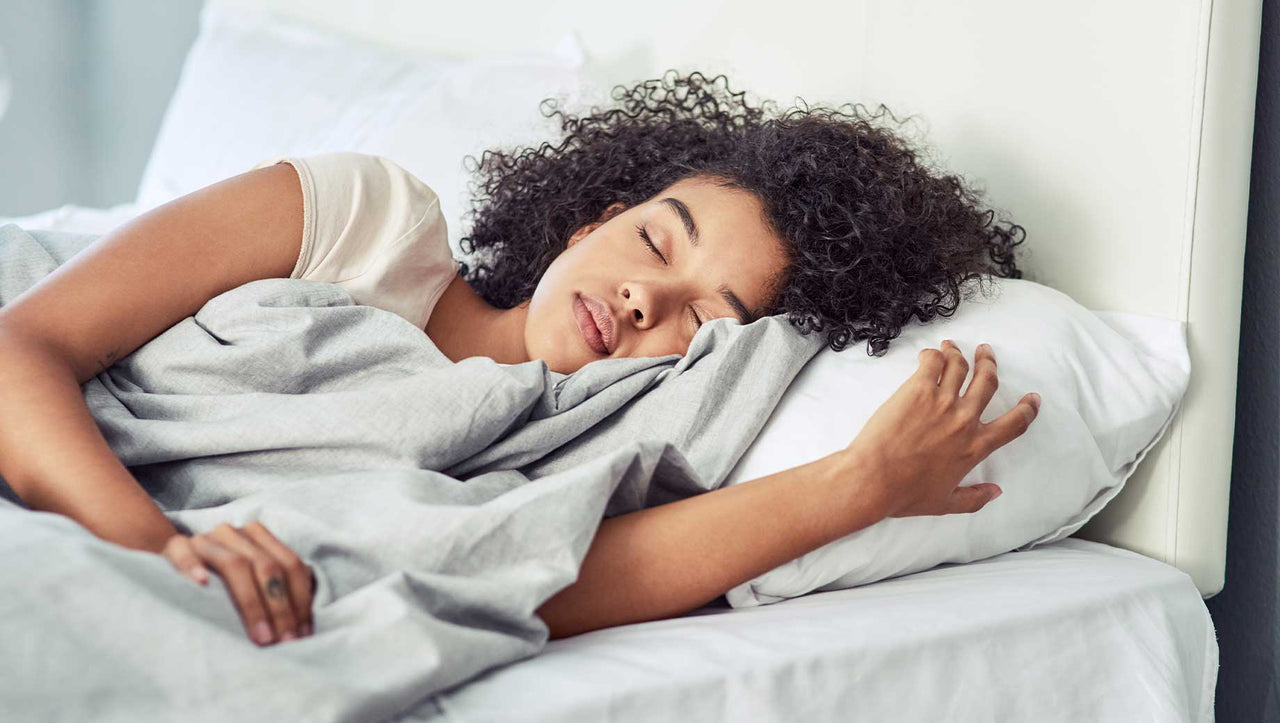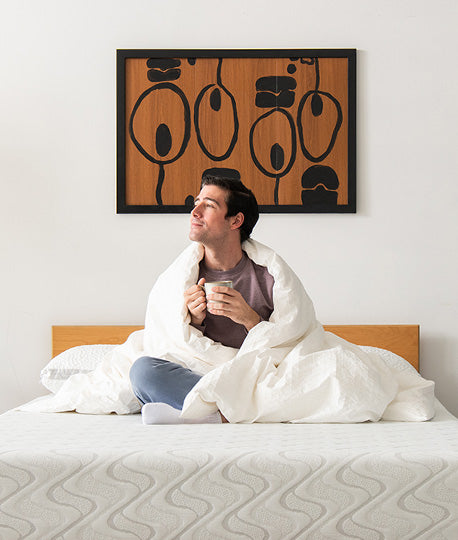The Temperature's Tug on Sleep: Exploring the Science Behind Comfortable Nights

In the realm of sleep, temperature reigns supreme as a silent conductor orchestrating the symphony of rest. Whether we're burrowing under cozy blankets on a chilly winter's night or seeking solace beneath the gentle hum of a fan during the sweltering summer months, our bodies dance to the tune of temperature, striving for that perfect equilibrium that ushers us into the realm of dreams.
Sleep scientists have long been fascinated by the intricate interplay between temperature and sleep quality. Our bodies, finely tuned machines, rely on a delicate balance of internal and external factors to slip into the restorative state of sleep. Temperature, it turns out, plays a pivotal role in this delicate dance.
Let's dive into the science behind how temperature affects sleep:
The Circadian Rhythm's Thermal Tune
Our bodies operate on a 24-hour internal clock known as the circadian rhythm, which regulates various physiological processes, including sleep-wake cycles. Interestingly, our core body temperature fluctuates throughout the day, peaking in the late afternoon and reaching its lowest point during the early hours of the morning. This decline in core body temperature is a signal to the body that it's time to wind down and prepare for sleep.
Finding the Sweet Spot: Thermoneutrality
Ever found yourself tossing and turning on a sticky summer night or huddling under layers of blankets in the dead of winter? That's your body's way of striving for thermoneutrality – the Goldilocks zone of temperature where your body is neither too hot nor too cold but just right for optimal sleep.
Studies have shown that temperatures slightly cooler than the body's core temperature, typically around 60 to 67 degrees Fahrenheit (15.5 to 19.5 degrees Celsius), tend to promote better sleep quality. However, individual preferences may vary, and factors such as bedding, clothing, and personal comfort play a significant role in determining the ideal sleep environment.
Cooling the Brain for Deeper Sleep
One fascinating aspect of temperature's influence on sleep lies in its impact on brain activity. As we drift into slumber, our brain's metabolic rate decreases, leading to a drop in temperature in certain regions of the brain. Cooling the brain has been found to promote deeper, more restorative sleep, potentially enhancing memory consolidation and cognitive function.
Temperature's Role in Sleep Disorders
For individuals grappling with sleep disorders such as insomnia or sleep apnea, temperature regulation can be particularly challenging. Disruptions in the body's thermoregulatory mechanisms can exacerbate sleep disturbances, making it harder to fall asleep or stay asleep throughout the night.
Tips for Optimizing Your Sleep Environment
So, how can you harness the power of temperature to enhance your sleep quality? Here are some tips:
- Keep it Cool: Aim for a bedroom temperature between 60 to 67 degrees Fahrenheit (15.5 to 19.5 degrees Celsius) to create an optimal sleep environment.
- Layer Up (or Down): Experiment with different bedding and sleepwear options to find what keeps you comfortable throughout the night.
- Stay Hydrated: Proper hydration can help regulate your body temperature and promote more restful sleep.
- Mind the Mattress: Invest in a mattress and pillows that offer proper support and ventilation to prevent overheating.
- Embrace Technology: Explore innovative sleep technologies such as cooling mattress pads or temperature-regulating bedding to enhance your sleep experience.
The relationship between temperature and sleep is a nuanced and intricate one, influenced by a myriad of factors ranging from circadian rhythms to individual preferences. By understanding the science behind temperature's impact on sleep and implementing simple strategies to optimize our sleep environment, we can embark on a journey towards deeper, more restorative slumber.
So, the next time you find yourself nestled beneath the covers, take a moment to appreciate the subtle symphony of temperature guiding you towards a night of blissful sleep.





